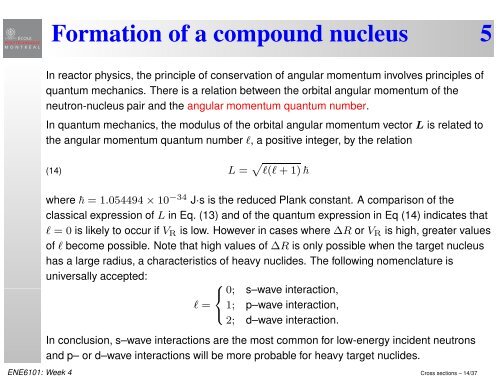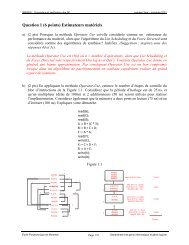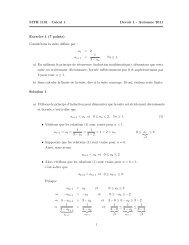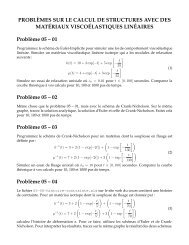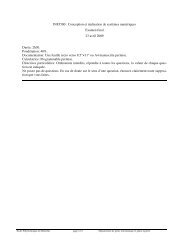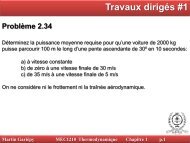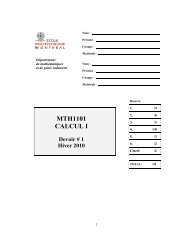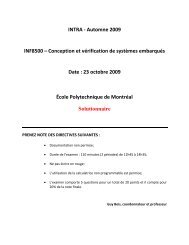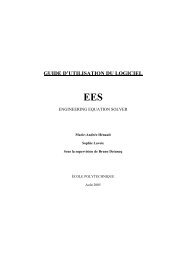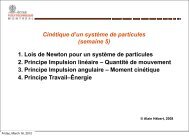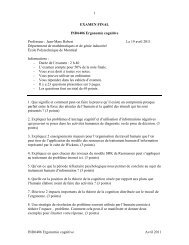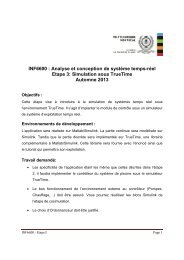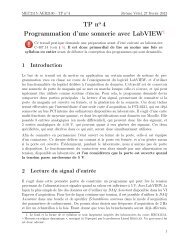Definition of cross sections 1 - Moodle
Definition of cross sections 1 - Moodle
Definition of cross sections 1 - Moodle
Create successful ePaper yourself
Turn your PDF publications into a flip-book with our unique Google optimized e-Paper software.
Formation <strong>of</strong> a compound nucleus 5In reactor physics, the principle <strong>of</strong> conservation <strong>of</strong> angular momentum involves principles <strong>of</strong>quantum mechanics. There is a relation between the orbital angular momentum <strong>of</strong> theneutron-nucleus pair and the angular momentum quantum number.In quantum mechanics, the modulus <strong>of</strong> the orbital angular momentum vector L is related tothe angular momentum quantum number l, a positive integer, by the relation(14)L = √ l(l+1)where = 1.054494×10 −34 J·s is the reduced Plank constant. A comparison <strong>of</strong> theclassical expression <strong>of</strong> L in Eq. (13) and <strong>of</strong> the quantum expression in Eq (14) indicates thatl = 0 is likely to occur if V R is low. However in cases where ∆R or V R is high, greater values<strong>of</strong> l become possible. Note that high values <strong>of</strong> ∆R is only possible when the target nucleushas a large radius, a characteristics <strong>of</strong> heavy nuclides. The following nomenclature isuniversally accepted:l =⎧⎨0; s–wave interaction,1; p–wave interaction,⎩2; d–wave interaction.In conclusion, s–wave interactions are the most common for low-energy incident neutronsand p– or d–wave interactions will be more probable for heavy target nuclides.ENE6101: Week 4 Cross <strong>sections</strong> – 14/37


